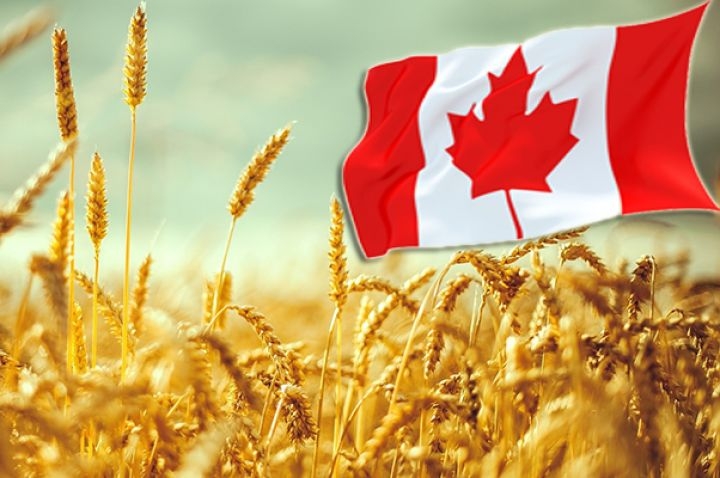In 2025, Canadian farmers will increase the area under wheat, corn, peas and oats, but reduce under canola and barley due to falling prices

Experts from Statistics Canada (StatCan) predict that in 2025, the country's farmers will increase the area sown with wheat, corn, oats, and peas and reduce the area under canola and barley due to falling prices, but the final figures will also depend on other factors, including soil moisture and crop rotation.
After China imposed a 100% tariff on Canadian canola, May futures for it fell by 12.4% to 574 CAD/t or $398/t (-16.7% per month), which could significantly affect sowing areas.
Wheat acreage is expected to grow 2.6% from 2024 to 27.5 million acres, driven by strong global demand for high-quality wheat. Winter wheat acreage increased 15.1% to 1.7 million acres, spring wheat acreage increased 2.5% to 19.4 million acres, while durum wheat acreage remained flat at 6.4 million acres.
Canola acreage will decline 1.7% to the five-year average of 21.6 million acres, driven by low profitability and other factors, including soil moisture in Western Canada. In Saskatchewan, where the largest canola crop is grown, farmers will increase canola plantings by 1.2% to 12.2 million acres. Meanwhile, in Alberta, canola acreage will decline 4.3% to 6.1 million acres, and in Manitoba, it will decline 6.4% to 3.1 million acres.
Soybean acreage in 2025 will decrease by 1.3% compared to the previous year to 5.6 million acres.
Barley plantings will decrease by 2% to 6.3 million acres, including in Alberta by 5.6% to 3.3 million acres and in Manitoba by 4.3% to 297,900 acres, while in Saskatchewan they will increase by 3.7% to 2.4 million acres.
Oats acreage will increase by 2.7% from the previous year to 3 million acres, partly due to low supplies.
Corn acreage will increase by 3.2% to 3.8 million acres in 2025.
Lentil acreage will decrease by 0.8% to 4.2 million acres compared to last year, in particular in Saskatchewan, where almost 90% of Canadian lentils are grown, by 1.7% to 3.6 million acres, while in Alberta they will increase by 4.1% to 582.9 thousand acres.
Pea acreage will grow by 9.5% to 3.5 million acres in 2025, partly due to the high profitability of cultivation.


